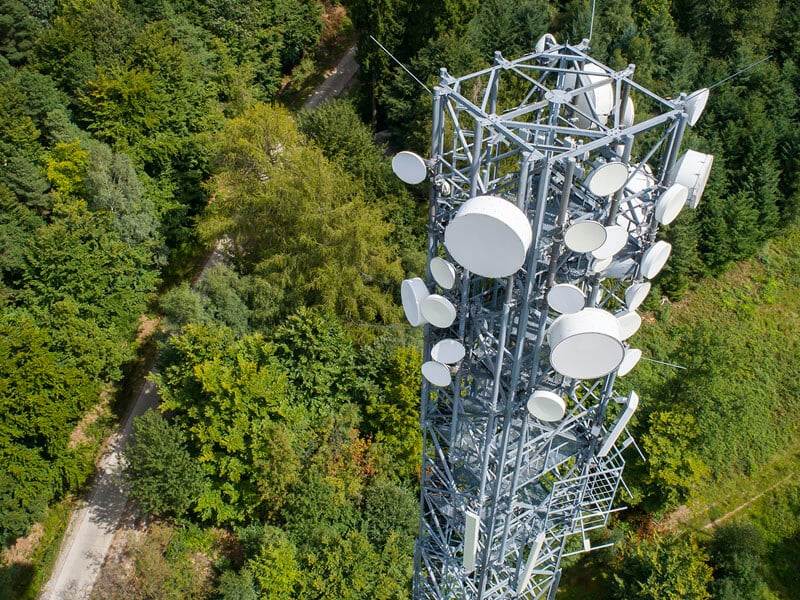Use of 98 percent-efficient rectifier drives energy cost savings for a quick ROI
Scaling network infrastructure to support the continued demand for more mobile communication is a challenge in itself, but doing so while minimizing the environmental impact and the amount of energy consumed by these telecom networks, adds another layer of complexity to a rapidly evolving telecommunications industry.
Why do we need energy efficient DC Power systems again?
While newer equipment is generally more efficient, it may not be able to offset the power consumption needed to handle the increase in mobile traffic we expect to see with 5G.
According to Cisco, global mobile data traffic in 2021 will be nearly seven times the amount of traffic seen in 2016 — a projected 49 exabytes of mobile data traffic per month.
This kind of traffic not only creates concerns about energy efficiency and operational
How do we get our network Infrastructure to that level of efficiency?
Architects of power systems and their backup systems need to be diligent to address these concerns. Even a small change to infrastructure, like using a more efficient rectifier, can go a long way in helping reduce the carbon footprint for the critical facilities that require these systems to ensure business continuity.
For nearly a decade, rectifiers with 96-97 percent efficiency have been available, but a new milestone has been reached by Vertiv with its 98 percent-efficient rectifier that allows system owners and operators to optimize energy consumption at every load condition.
Thanks to technology advancements and components such as gallium nitride (GaN) that enables ultra-high efficiency and improved power densities, power loss can be reduced up to 75 percent compared to 92 percent-efficient rectifiers which are still widely used today. Fortunately, the return on investment for a more efficient rectifier happens quickly and can help offset the continued rising costs of energy.
Read our white paper for more on our 98 percent-efficient






